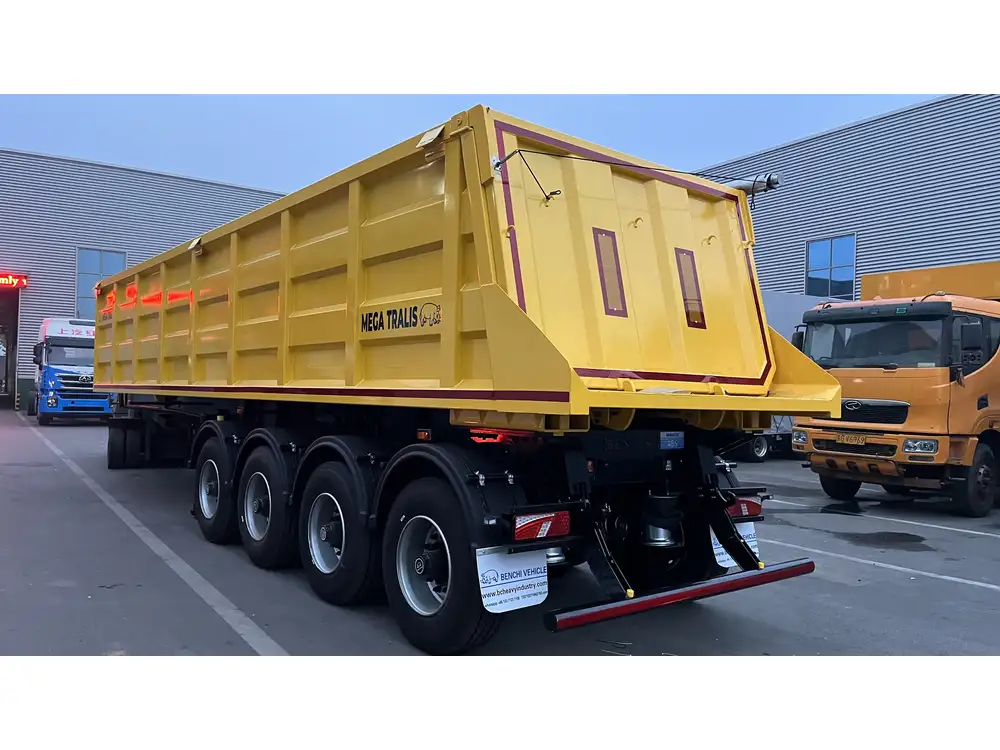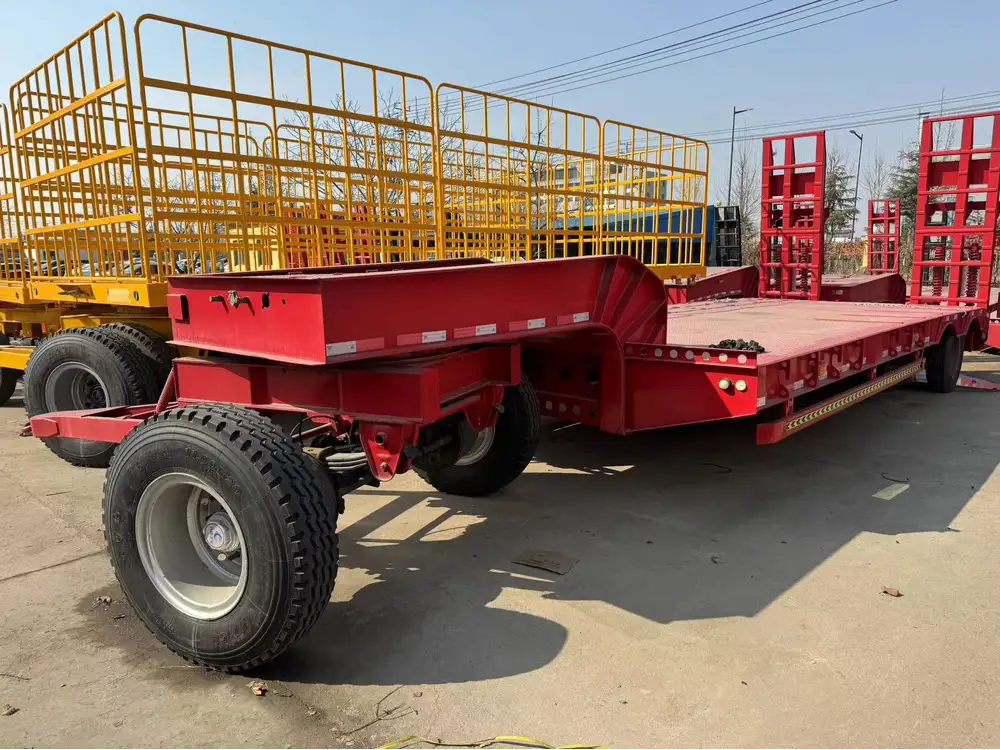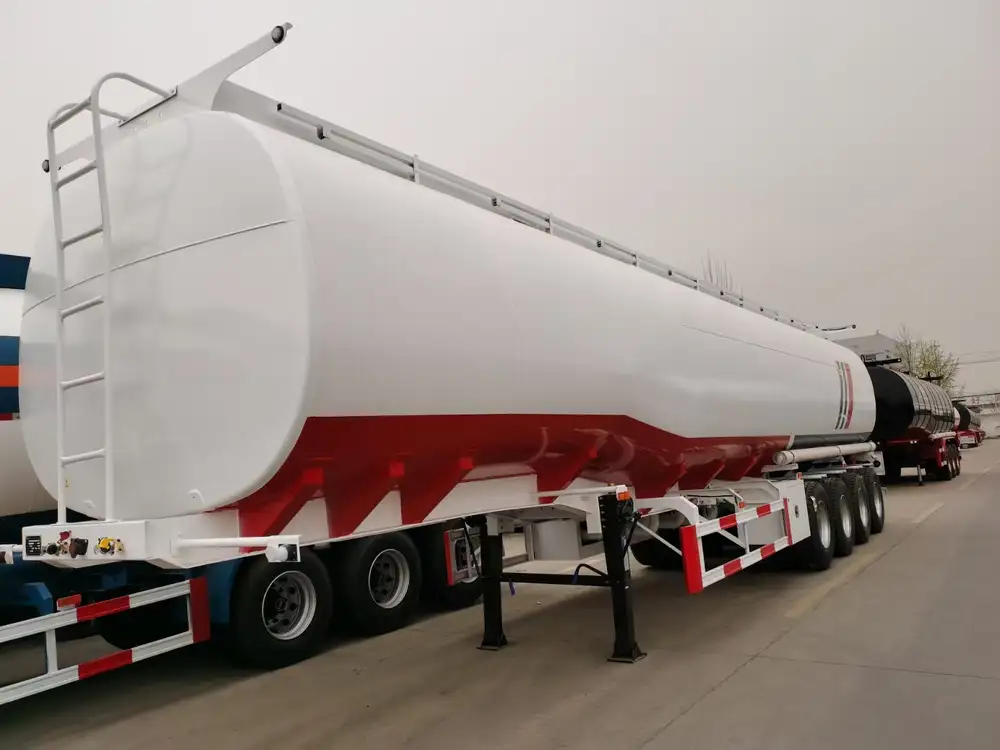Loading a travel trailer onto a flatbed trailer may seem daunting, but with the right knowledge and techniques, it can be executed with precision and safety. In this guide, we delve into everything from preparation to execution, ensuring a seamless loading process that prioritizes safety and efficiency.
Understanding Your Equipment
1. The Flatbed Trailer: An Overview
A flatbed trailer, characterized by its open design, provides a versatile platform for transporting various cargos, including travel trailers. They come in various sizes and weights, so understanding the specifics of your flatbed trailer, including its load capacity and dimensions, is crucial before initiating the loading process.

2. Travel Trailer Specs
Travel trailers vary widely in weight, length, and configuration. It’s essential to know the specifics of your travel trailer, including:
- Weight Rating: The Gross Vehicle Weight Rating (GVWR) of your trailer.
- Dimensions: Length and width, which will aid in understanding how to fit it onto the flatbed.
- Towing Features: Check for any features that may affect loading, such as frame size or hitch design.
3. Safety Considerations
Before loading, consider safety measures around the loading area:
- Environment: Ensure the area is clear of obstructions and hazards.
- Weather Conditions: Avoid loading during extreme conditions like heavy rain or strong winds.
- Personal Safety Gear: Use appropriate gear, such as gloves and safety goggles.
Preparing for the Load

4. Gather Necessary Tools and Equipment
To ensure efficiency and safety, gather the following equipment:
| Tool/Equipment | Purpose |
|---|---|
| Loading Ramps | To facilitate the height transition. |
| Wheel Chocks | To prevent trailer movement during loading. |
| Tie-Down Straps | For securing the travel trailer post-loading. |
| Hitch Connection Tools | For attaching the travel trailer to your towing vehicle. |
5. Positioning the Flatbed Trailer
- Level Ground: Ensure that the flatbed is parked on level ground.
- Alignment: Align the flatbed trailer with your travel trailer to minimize maneuvering.
Step-by-Step Loading Process

6. Step 1: Preparing the Travel Trailer
Prior to loading, ensure that the travel trailer is adequately prepared:
- Emptying Contents: Remove any heavy items or gear.
- Disconnecting Utilities: Ensure all utilities, such as water supply and electrical connections, are disconnected.
- Check Stability: Ensure that the trailer is stable, utilizing a stabilizer if necessary.
7. Step 2: Attaching the Loading Ramps
Securely attach loading ramps to your flatbed trailer. Here’s how to do it properly:
- Ensure ramps are rated for the weight of the trailer.
- Position ramps at a gradual incline to facilitate easy loading.
- Secure the ramps in place to prevent slippage.
8. Step 3: Loading Process

a. Getting Into Position
- Back the travel trailer towards the flatbed, ensuring that the trailer’s alignment is accurate.
b. Slowly Drive onto the Flatbed
- Engage the lower gear of your vehicle to provide better control.
- Maintain a steady pace, avoiding sudden acceleration that could misalign the trailer.
c. Watch for Clearances
- Monitor the height and width during the ascent to prevent damage to either trailer.

d. Positioning the Trailer
- Drive until the travel trailer is entirely on the flatbed. Ensure the weight is evenly distributed.
9. Step 4: Securing the Load
Once loaded, securing the travel trailer is critical for safe transport. Follow these steps:
- Position Wheel Chocks: Place chocks in front of and behind the tires to ensure stability.
- Utilize Tie-Down Straps: Attach straps at strategic points, pulling them tight to minimize movement.
10. Step 5: Final Inspection
After securing, walk around to inspect the entire setup. Check for:
- Tautness of the tie-down straps.
- Secure placement of the ramps.
- Assured stability of the travel trailer on the flatbed.

Addressing Common Concerns and Mistakes
11. Overloading Issues
One of the most common mistakes made during loading is exceeding the weight capacity. Always refer to manufacturer guidelines regarding weight limits.
12. Misalignment and Instability
A frequently overlooked aspect is the alignment during loading. Misalignments can lead to instability, increasing the risk during transport. We strongly recommend practicing the loading process under various conditions.

13. Safety Protocols During Transport
Once loaded, implement transport safety protocols:
- Regularly check tie-downs and loading mechanisms during stops.
- Monitor for swaying or shifting, especially when navigating curves and hills.
Concluding Thoughts
Mastering the loading process of a travel trailer onto a flatbed trailer can enhance both safety and efficiency during transport. By understanding your tools, preparing thoroughly, and applying careful techniques, you create a low-risk environment, allowing you to focus on your travels ahead.
Next Steps for Further Learning
- Watch Detailed Tutorials: Platforms like YouTube provide visual guidance on loading trailers.
- Join Online Forums: Engage with communities of experienced RVers for tips and best practices.
- Practice Regularly: Like any skill, practice makes perfect. Regular loading will build muscle memory and confidence.
In this comprehensive guide, we’ve provided you with everything you need to know about loading a travel trailer onto a flatbed trailer effectively and safely. By following these steps meticulously, you can ensure secure transport and enjoy your travels with peace of mind.



